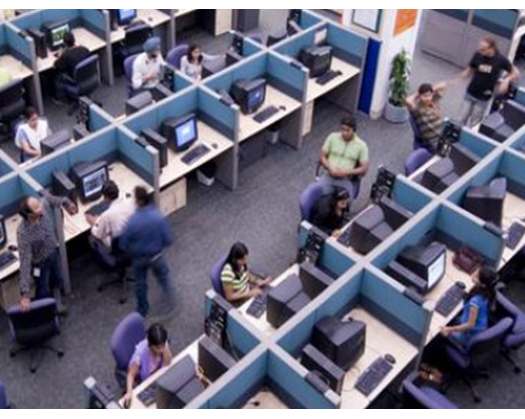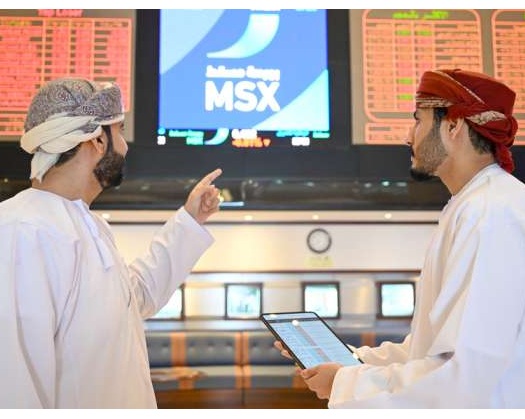New Delhi: In January 2025, India's services sector experienced its slowest growth in over two years, as indicated by the HSBC India Services PMI data released on Wednesday. This slowdown was attributed to a decline in new business growth and a softening of demand momentum.
Despite this, there was a significant increase in job creation, and business sentiment remained optimistic, even in the face of rising cost pressures.
The HSBC Services PMI data indicates that, notwithstanding the slowdown, India's services sector demonstrates resilience, characterized by robust job creation, strong export performance, and consistent business confidence. However, challenges such as inflationary pressures and increasing competition may pose obstacles in the upcoming months.
Pranjul Bhandari, Chief India Economist at HSBC, remarked, "India's services sector experienced a loss of growth momentum in January, although the PMI remained comfortably above the 50-breakeven threshold. The indices for business activity and new business reached their lowest points since November 2022 and November 2023, respectively."
Bhandari further noted, "Nevertheless, new export business helped mitigate the downturn, continuing its recovery from a decline in late 2024, consistent with official data showing a strong performance in India's services exports in December, capturing a larger share of global trade."
With domestic demand remaining stable and a rebound in global services trade, analysts anticipate that the sector will continue to expand at a healthy, albeit slightly moderated, pace in the near future.
The seasonally adjusted HSBC India Services PMI Business Activity Index decreased to 56.5 in January, down from 59.3 in December, marking its lowest level since November 2022.
The recent data suggests a deceleration in growth; however, the index continues to stay significantly above the 50-breakeven threshold, indicating ongoing expansion within the sector.
This slowdown can be attributed to more modest increases in both sales and production, with new business inflows growing at their slowest rate in 14 months.
Some firms reported that their output growth was fueled by robust demand, new client acquisitions, and investments in technology, while others experienced a decline in customer numbers due to heightened competition.
In spite of the slowdown in domestic orders, international sales experienced their most rapid growth in five months, with demand increasing from regions such as Asia, Europe, the Middle East, and the Americas.
Inflationary pressures continued to be a concern, as rising labor costs and elevated food prices contributed to increased expenses for service providers. Nevertheless, the rate of cost inflation remained relatively stable compared to December. Companies responded by passing on these higher costs to consumers, leading to a more pronounced rise in output charges.
On a positive note, India's services sector witnessed a notable increase in job creation, as businesses adapted to sustained demand and growing workloads. The rate of hiring was among the highest recorded since data collection commenced in December 2005.
Outstanding business volumes expanded for the 37th consecutive month, reaching their highest level since May 2024, which suggests that demand conditions remain fundamentally robust.
Service providers expressed optimism regarding their business outlook for the next 12 months, highlighting advertising, competitive pricing strategies, and new client acquisitions as primary growth drivers. However, the level of confidence has slightly decreased to a three-month low, although it remains consistent with historical patterns.
India's private sector activity has seen a decline, as indicated by the HSBC Composite Output Index, which fell to a 14-month low of 57.7 in January, down from 59.2 in December. While manufacturing output showed an increase, this was offset by a deceleration in the services sector.
Although cost pressures in the services sector were more significant than in manufacturing, the overall input price inflation for the private sector dropped to its lowest point since October 2024. However, service providers raised their prices at a quicker pace compared to those in goods production, leading to stable overall inflation.










